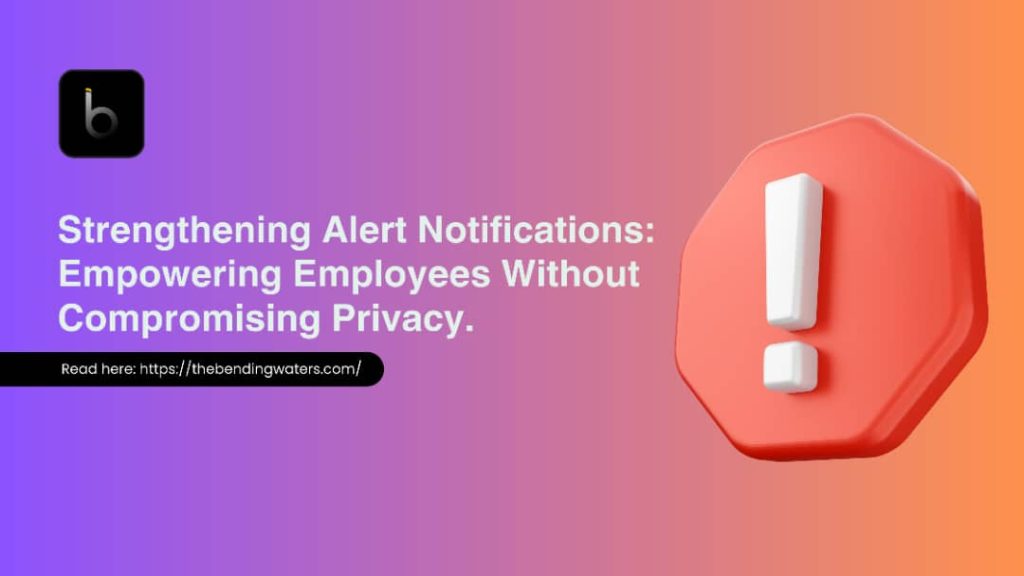Strengthening Alert Notifications: Empowering Employees Without Compromising Privacy

In today’s fast-paced business environment, timely alert notifications are vital for keeping employees informed and responsive.
However, granting access to transactions, email, or bank activities may pose significant privacy and security concerns.
In this blog post, we will explore effective strategies to enable employees to receive alert notifications without compromising sensitive data.
Let’s dive into the key considerations and solutions.
7 Ways To Handle Privacy Issues Surrounding Alert Notifications & Employee Empowerment
Protecting privacy and maintaining data confidentiality are paramount in today’s digital landscape. By adopting these strategies, businesses can strike a balance between effective alert notifications and robust privacy controls.
-
Define Alert Categories: Identify specific types of alerts that employees need to receive based on their roles and responsibilities. Categorize alerts into relevant groups such as account status, customer inquiries, or critical updates.
-
Customize Alert Settings: Set up a system that allows employees to personalize their alert preferences within their designated categories. This ensures that employees receive only the relevant alerts without accessing sensitive information.
-
Secure Messaging Apps: Leverage secure messaging applications or platforms that allow selective alerts to be sent to employees. These platforms should employ encryption and authentication measures to protect the privacy of notifications.
-
Push Notifications: Utilize push notification systems that deliver alerts directly to employees’ mobile devices. This method ensures immediate and discrete communication without granting access to underlying transactions or email accounts.
-
Centralized Alert Aggregators: Employ alert aggregation tools that consolidate relevant notifications from various systems into a single platform. This enables employees to access important alerts without needing direct access to transactional or email data.
-
Data Masking Techniques: Utilize data masking techniques within the alert aggregator to prevent the display of sensitive information. Replace critical details with placeholders, ensuring that employees receive essential notifications while preserving privacy.
-
Secure Communication Channels: Establish secure communication channels, such as encrypted email or secure messaging, for escalated alerts. This protects the privacy of sensitive information while facilitating urgent responses.
Strengthening alert notification processes ensures efficient communication while safeguarding sensitive data. With the suggested methods above, businesses can enable employees to receive timely notifications without compromising privacy.
In conclusion, leveraging technology and smart practices, businesses can establish a reliable and secure alert notification system that empowers employees while ensuring data privacy and security.